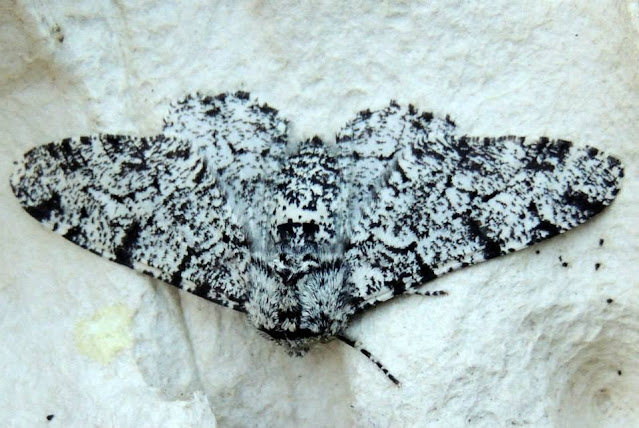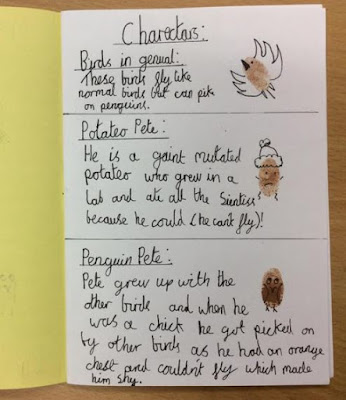Lesson Plan:
1. Give out pics of moths, colour wheels
and verbs-for-flying sheets (below). Let each child choose a particular moth to focus on.
2. Watch videos and talk about them. How does the moth fly? Look at the verbs-for-flying sheet below.
7
Spectacular Moths in Slow Motion!
https://www.youtube.com/watch?v=JQL25_hoQ1k
Giant
Polyphemus Moth the Size of a Bird (sound up)
https://www.youtube.com/watch?v=ZAd8z84aH3s
3. Identify your moth's colours on the Martian Colour Wheel. Share findings with the group. As teacher, you can help explain unfamiliar words/pronunciations, e.g. ochre.
4. 60-second warm-up: - name some things that are silent or
quiet
then
- name some things that are
thin, delicate or fragile
Share ideas.
5. Now they are ready to write: tell them to write fast, don’t over-think or worry about spelling. They can edit later. Read each prompt and watch carefully to see when they are ready for the next. If a child is struggling, say, 'Leave that one. Listen for the next.'

















































